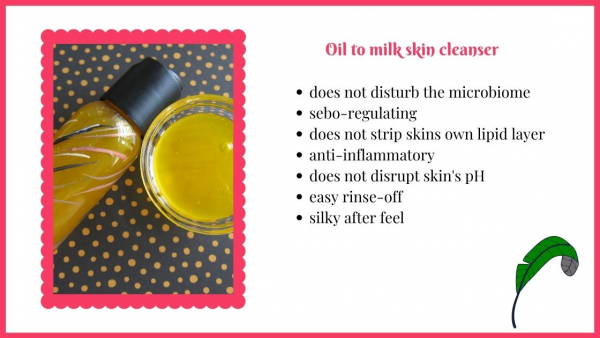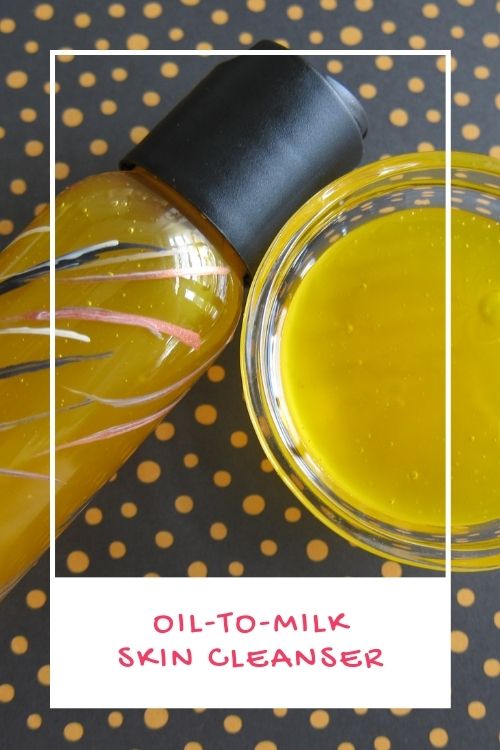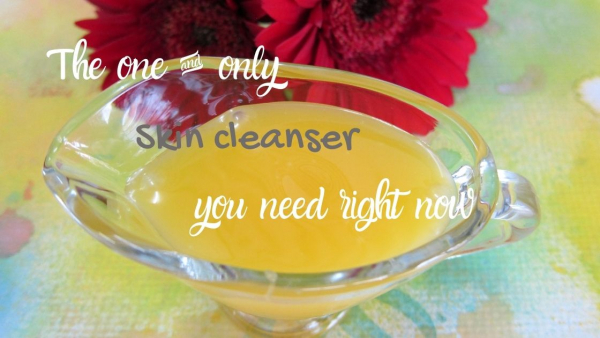Most of us (me included) have underestimated the pandemic and the impact it will have on our lives. The subject itself is quite polarizing and we are not going to discuss about the sense and nonsense of lock-down, wearing masks, social distancing, home-office, closing schools and all the accompanying side-effects here.
The important fact for us (and for you) is the impact of the pandemic (or its side effects), wearing masks and excessive and more frequent hand washing and hand sanitizing on the skin and what we can do to help ourselves, our friends and customers during this period.
In fact the number of skin sensitization and allergic reactions, not only on hands but even in face (a side-effect of wearing masks for a long period) is so alarming that the Journal of Clinical Dermatology has dedicated its October edition to skin issues caused by the pandemic.
Having this in mind plus the cold and dry months of the Northern hemisphere (at least in the Northern Europe), I wanted to make a mild and effective cleanser with anti-inflammatory and sebo-regulative properties and I chose to go for a head-to-toe ( face-to-toe to be exact) cleanser.
I literally use this cleanser as a shower gel as well as a facial cleanser. You can expand and sophisticate the formulation and make one facial cleanser + one shower oil + one hand cleanser (not sanitizer) or you can go for a simple routine and less clutter in the bathroom and make an all-purpose cleanser. The principle remains the same.
This cleanser is an oil-to-milk and I deliberately tried to keep the viscosity low so that the product easily flows from a squeeze bottle or a tube. The formulation is not quite KISS. Since it is a cold-process formulation, I used more oils and extracts that I use in a KISS formulation but each single ingredient imparts to the purpose of the formulation in one or other way. If I were to re-make a KISS version of this formulation I would only remove the apricot oil and litsea cubeba essential oil which is only for a sensory purpose and for its pleasant scent.
If you have no experience, or little experience with Sapogel Q I recommend you first try these blog posts and videos and then continue with this post:
Why use an oil-to-milk cleanser?

Formulation:
| Phase A |
|
| Sapogel Q |
25,0% |
| Glycerine |
5,0% |
| Phase B |
|
| Camelina oil |
44,0% |
| Apricot oil |
9,8% |
| Watermelon seed oil |
5,0% |
| Olive squalane |
5,0% |
| |
|
| Natural active decalact sebum |
2,0% |
| Amaranth CO2 extract |
1,0% |
| Evening primrose CO2 extract |
1,0% |
| Tocopherol |
0,3% |
| Liq vit C |
0,3% |
| a-bisabolol |
0,2% |
| Curcuma xanthorrhiza CO2 extract |
0,1% |
| Ajowan CO2 extract |
0,1% |
| Calendula CO2 extract |
0,1% |
| Rosemary CO2 extract |
0,1% |
| Patchouli oil |
0,1% |
| Cedarwood oil |
0,3% |
| Ginger oil |
0,1% |
| Litsea cubeba oil |
0,5% |

Procedure:
1- measure phase A and B separately in 2 beakers
If you are working in a cold lab and your ingredients are stored cold, some of the oils and extracts might have sedimented or partially solodified. You need to gently warm them (40 oC) and shake the bottle before using them
2- Slowly and little by little add phase B to phase A and completely blend before adding the next portion.
This is a patience test for you because this step is quite tiresome and time consuming. An overhead stirrer makes the life much easier but you can manage small quantities even with a spatula.
3- When both phases are completely blended take your stability samples and fill the product in a suitable bottle.
Stay safe and BeHappy




